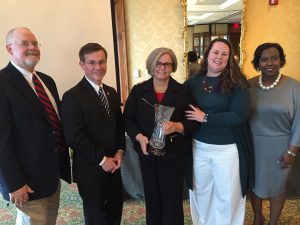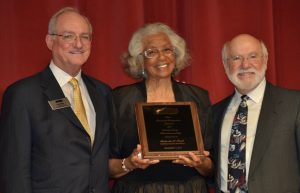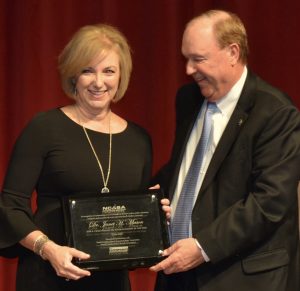In designing for school safety, our focus is on “students first.” For every educational project, we begin by asking ourselves how to design a place where students want to be. A welcoming environment encourages open communication and relationship building, factors which may help us identify and prevent potential issues long before we reach a crisis point. Schools are successful because of the people who make education special: students, teachers, guidance counselors, administration, custodial staff, and families. As designers, we are called to protect this educational community through safe buildings. We can also implement design strategies to discourage security events from happening and to minimize impacts if they do.
School safety begins with a clearly defined security plan, and architecture firms can provide significant expertise in developing and implementing this plan. School boards all face the issue of how to create and implement viable security plans for their specific districts, and one size does not fit all. Security needs vary greatly based on the size of the district, relationship with local law enforcement, location in urban or suburban areas, and many other factors. A clear security plan must include coordinated strategies in which the architecture, technology, and operations all work together. Each of these strategies builds on one another and must be diligently planned and integrated.
In terms of architectural design, LS3P’s experience with the US Department of Defense Educational Activity has taught our firm the importance of strategies such as efficient floor plan layouts, clear sightlines, sustainable building strategies, durability, and 21st Century learning principles. Our DoDEA designs also underscore that it is possible to merge inviting, student-friendly spaces for contemporary learning environments with the highest standards of security. This same level of focus on security and cutting-edge technology can, and should, be implemented among all school districts.
Input from all stakeholders is critical; early engagement and buy-in from administrators, law enforcement, security consultants, and representatives from various constituent groups lead to more effective solutions. LS3P frequently leads teams with experienced security, technology, and telecom consultants who can provide innovative and cost-effective design options. Our policy is to engage security experts who are professional designers and/or engineers rather than product vendors who may have a vested interest in selling a certain brand. Together, we can implement up-to-the-minute best practices and new product ideas, technology, hardware, communication systems, and research; most importantly, though, we need to hear from educators and school boards on how your knowledge and experiences can help us to design safer schools that best support your student population.
Through a collaborative approach driven by the needs of each school community, we can create clear and effective communication plans, emergency plans, and security plans which work in tandem with architectural designs. Together, these designs can inspire safe, engaging, student-focused learning environments.
Article contributed by Ginny Magrath, AIA, LS3P


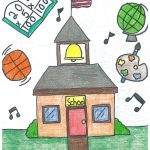
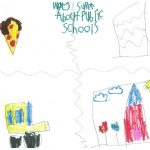





















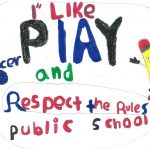

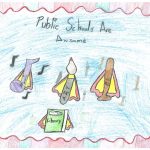
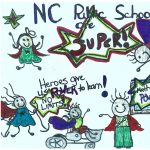















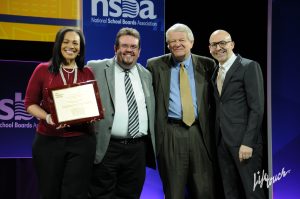
 The John F. Kennedy Center for the Performing Arts awarded the Guilford County Schools Board of Education with the 30th annual Kennedy Center and National School Boards Association (NSBA) Award. The award, which includes a $10,000 prize, was presented at the NSBA Annual Conference in San Antonio, Texas. The Guilford County school board was chosen from nominees around the country for its support of high-quality arts education.
The John F. Kennedy Center for the Performing Arts awarded the Guilford County Schools Board of Education with the 30th annual Kennedy Center and National School Boards Association (NSBA) Award. The award, which includes a $10,000 prize, was presented at the NSBA Annual Conference in San Antonio, Texas. The Guilford County school board was chosen from nominees around the country for its support of high-quality arts education.

